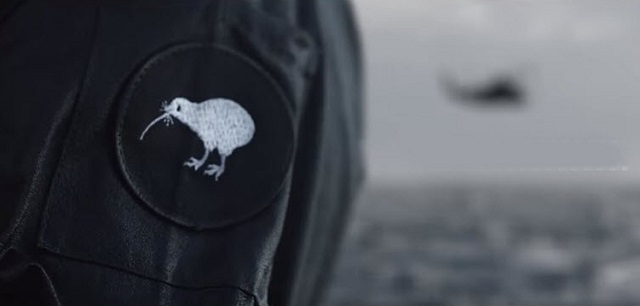New Zealand Navy Kicks off Seventy-Fifth Celebrations
The Royal New Zealand Navy ships Canterbury, Wellington and Hawea made a formation entry into Auckland Harbour, including a gun salute, on Monday to mark the start of its 75th commemorations.
On October 1, 1941, King George VI approved the designation “Royal New Zealand Navy” for the regular element of the New Zealand Naval Forces.
.jpg) The commemoration events to be held throughout 2016 will be named Operation Neptune to highlight the greatest single loss ever sustained by the Navy. HMS Neptune was being prepared for transfer to the Royal New Zealand Navy when she was lost in an enemy minefield in the Mediterranean on December 18, 1941, with the loss of all but one man, including all 150 of the New Zealanders who had already joined the ship.
The commemoration events to be held throughout 2016 will be named Operation Neptune to highlight the greatest single loss ever sustained by the Navy. HMS Neptune was being prepared for transfer to the Royal New Zealand Navy when she was lost in an enemy minefield in the Mediterranean on December 18, 1941, with the loss of all but one man, including all 150 of the New Zealanders who had already joined the ship.
The Colony of New Zealand
Originally the British Royal Navy provided security for the colony of New Zealand, but in 1846, the settlers bought their first gunboat. Later, the so-named Waikato Flotilla operated from 1860 to 1865, and at the same time a Naval Artillery Volunteer corps was established to provide harbor defence.
In 1884, the government purchased four new spar torpedo boats, and starting in 1887 it funded ships of the Australasian Auxiliary Squadron.
Before establishment of the navy, the people of New Zealand paid for the building of the battlecruiser HMS New Zealand, which served at the Battle of Jutland.
When Britain went to war against Germany in 1939, New Zealand immediately also declared war. In recognition of the fact that the naval force was now largely self-sufficient and independent of the Royal Navy, the New Zealand Division of the Royal Navy became the Royal New Zealand Navy (RNZN) on October 1, 1941.
HMS Gambia
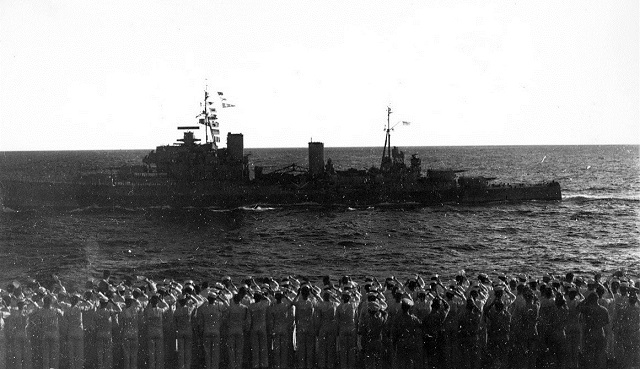
HMS Gambia was a Crown Colony-class light cruiser of the Royal Navy. She was in the service of the Royal New Zealand Navy as HMNZS Gambia from 1943 to 1946.
Gambia served with the British Pacific Fleet, and participated in attacks on Japanese positions throughout the Pacific. In February 1944, she was searching for blockade runners in the Cocos Islands area. She also supported a series of carrier raids against oil installations and airfields. She saw action off Okinawa, Formosa and Japan and took part in the bombardment of the Japanese city of Kamaishi on August 9. She was under attack by Japanese aircraft at the time that a ceasefire was announced, and possibly fired some of the last shots of World War II. She was present on September 2, 1945, in Tokyo Bay for the signing of Japanese Instrument of Surrender.
HMS Black Prince
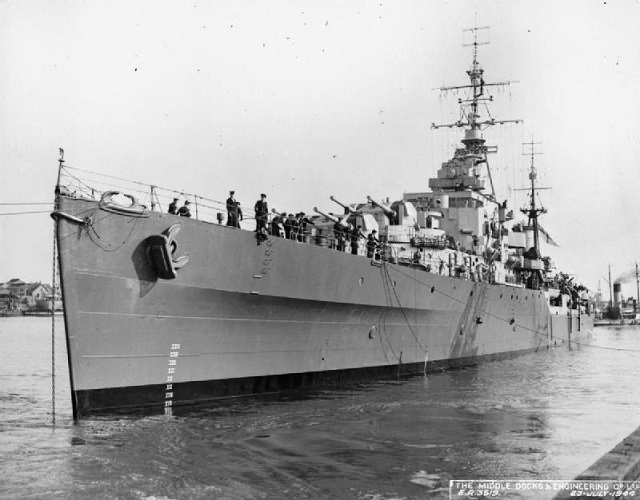
HMS Black Prince was a Dido-class light cruiser of the Royal Navy, of the Bellona subgroup. The cruiser was commissioned in 1943, and served during World War II on the Arctic convoys, during the Normandy landings, and as part of the British Pacific Fleet. In 1946, the cruiser was loaned to the Royal New Zealand Navy, becoming HMNZS Black Prince.
During April 1947 a series of non-violent mutinies occurred amongst the sailors and non-commissioned officers of four RNZN ships and two shore bases. Overall, up to 20 percent of the sailors in the RNZN were involved in the mutinies. The resulting manpower shortage forced the RNZN to remove Black Prince, one of their most powerful warships, from service, and set the navy's development and expansion back by a decade.
The main cause of the mutinies was the poor rates of pay compared to the rest of the New Zealand Defence Force (which was overall well behind equivalent civilian wages). The poor living and working conditions aboard RNZN ships was another issue, compounded by sailors having no effective way to make dissatisfaction known to the higher ranks. Dissatisfaction with peacetime duties and opportunities also contributed: many sailors were locked into enlistment periods of up to 12 years, and demobilisation efforts had prioritised those enlisted specifically for the duration of World War II.
The Navy Today
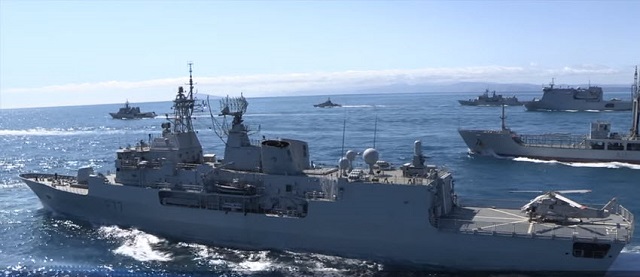
The fleet currently consists of eleven ships and eight naval helicopters. The naval combat force currently consists of two Anzac class frigates: HMNZS Te Kaha and HMNZS Te Mana.
The Naval Patrol Force consists of two Protector-class offshore patrol vessels (HMNZS Otago and HMNZS Wellington) and four Protector-class inshore patrol boats (HMNZS Pukaki, Hawea, Rotoiti, and Taupo).
HMNZS Endeavour is the fleet tanker. Manawanui is a highly specialised dive support vessel.
HMNZS Canterbury, the RNZN's new multi-role vessel, entered service in June 2007.
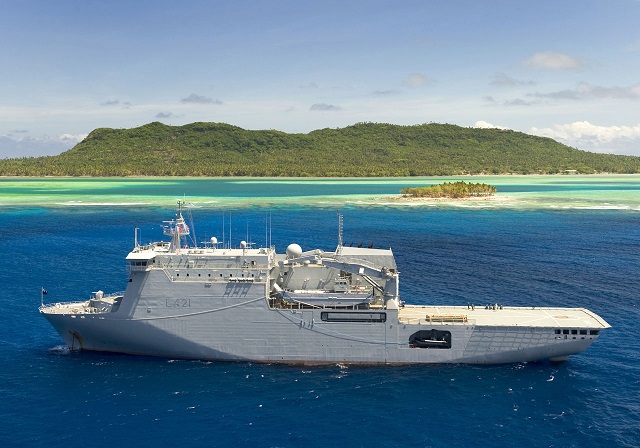 The Navy has around 1,900 uniformed personnel supported by several hundred civilian NZDF staff.
The Navy has around 1,900 uniformed personnel supported by several hundred civilian NZDF staff.
